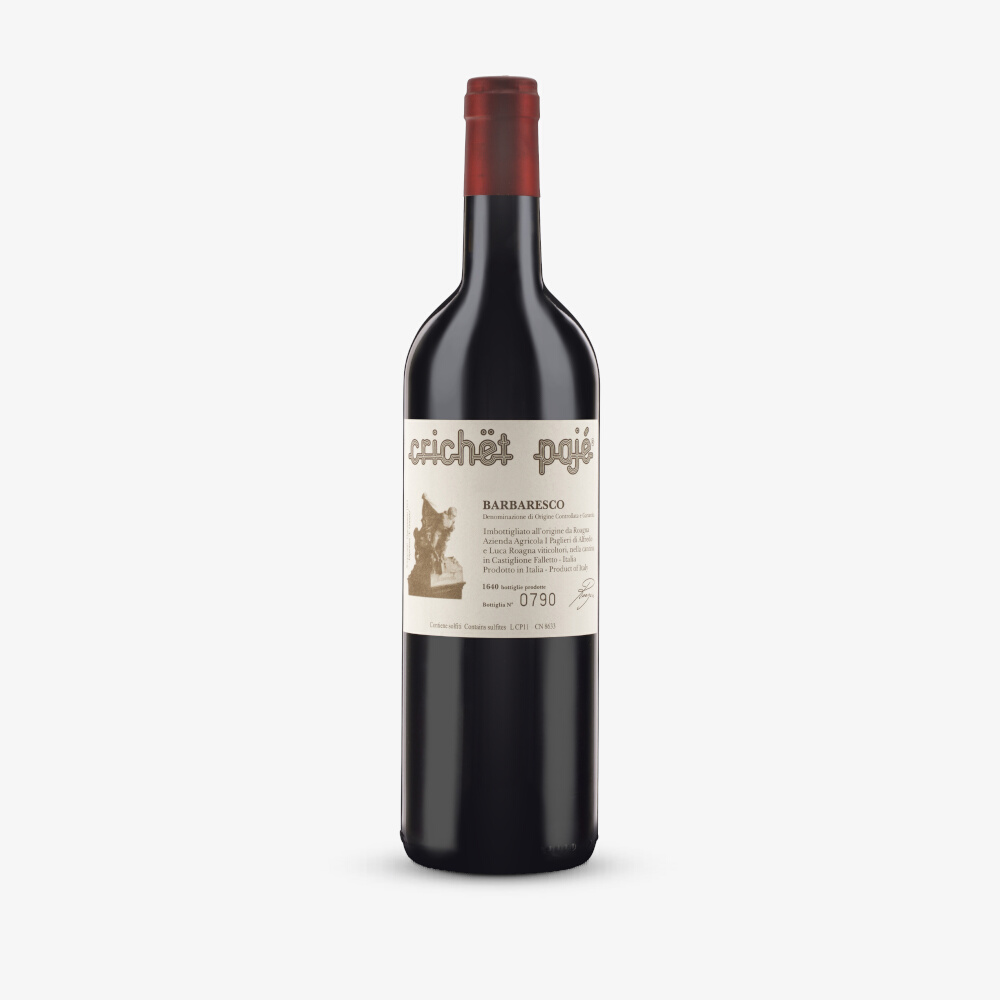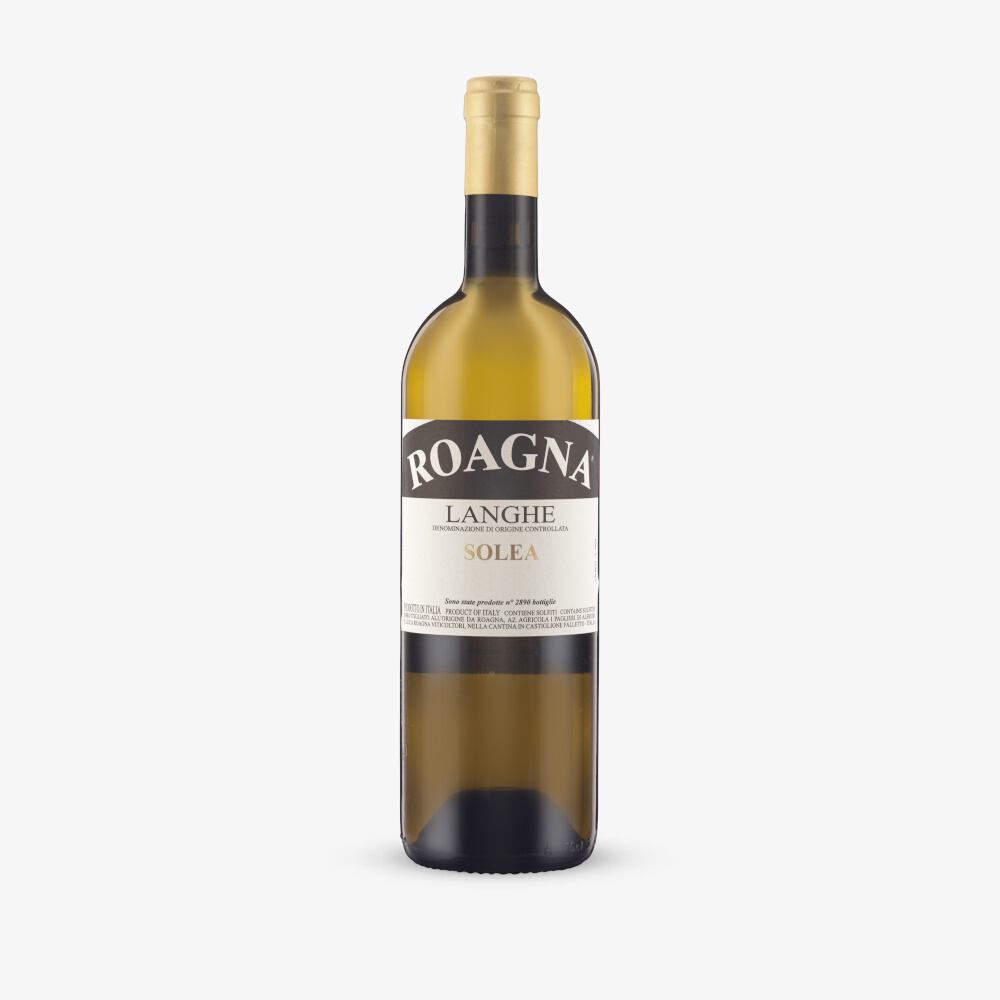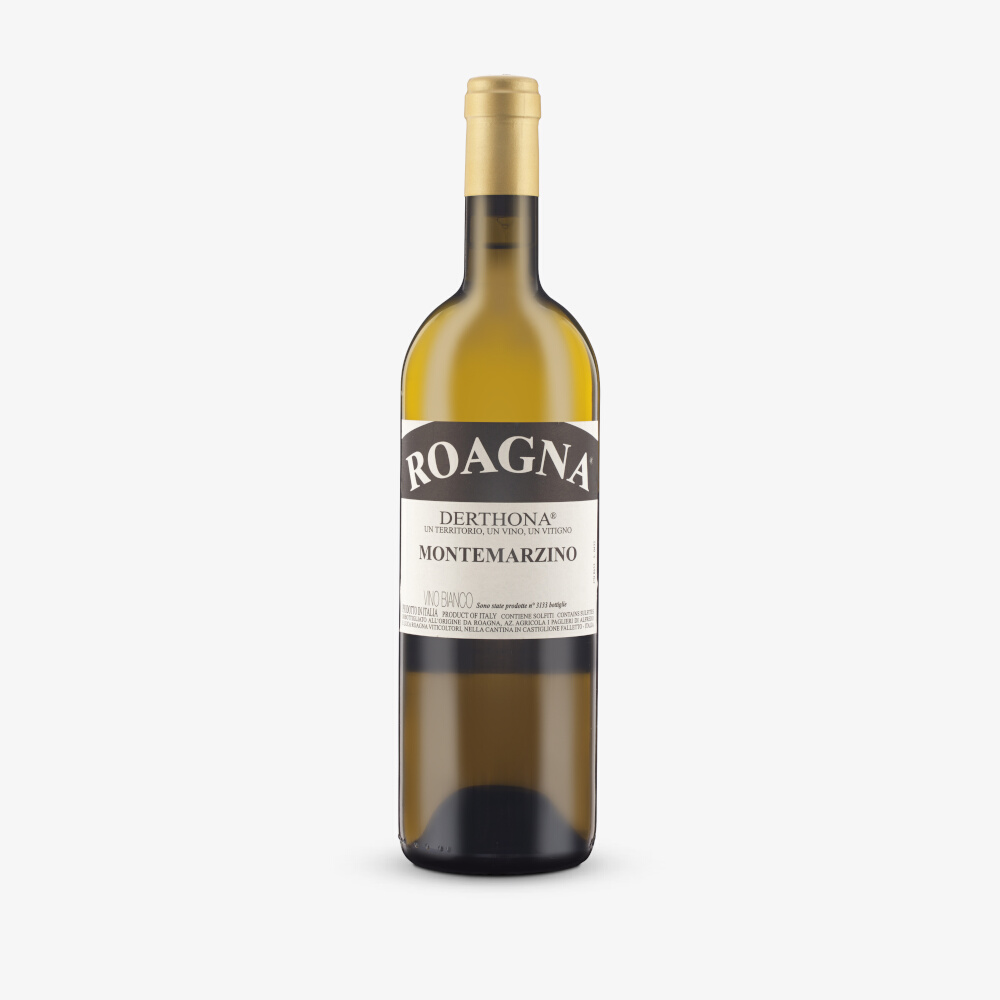
Roagna
The Roagnas have been making Barbaresco since the late 19th century. After taking over from Alfredo after the 2001 vintage, Luca Roagna has kept true to the traditional wine-making of previous generations whilst fine-tuning it to turn out pure, unique Piedmontese wines that are sought-after the world over. The family’s 16 hectares are split between Barbaresco and Barolo, with some choice parcels in some of the region’s finest vineyards, including the monopole Pira of Castiglione Falletto. Picking here is usually late so that the seeds are ripe. The wine-making is gentle long and slow, fermentation is in large old oak casks and maceration times vary between 60 to 90 days depending on the wine and the vintage. The wines are released later than almost any others in Piedmont, being aged for between 5 to 8 years in cask. These are beguiling, intense soulful wines.
2010 Vintage
As Piedmont continues to rise and capture the imagination of a growing number of wine enthusiasts, Barolo’s stock grows with it. This king of Italian wines, though, has a queen. Barbaresco has for too long played second fiddle to its more renowned neighbour. Barolo’s prime land is three times pricier, yet Barbaresco boasts vineyard crus every bit as worthy. We strongly believe in its potential and are pleased to offer the first of three new Barbaresco producers to our portfolio.
The Roagnas have been making Barbaresco since the late 19th century. After taking over from Alfredo from the 2001 vintage, Luca Roagna has kept true to the traditional winemaking of previous generations whilst fine-tuning it to turn out pure, unique Piedmontese wines that are sought-after the world over. The family’s 16 hectares are split between Barbaresco and Barolo, with some choice parcels in some of the region’s finest vineyards, including the monopole Pira of Castiglione Falletto. Picking here is usually late so that the seeds are ripe. The winemaking is gentle long and slow; fermentation is in large old oak casks and maceration times vary between 60 to 90 days depending on the wine and the vintage. The wines are released later than almost any others in Piedmont, being aged for between 5 to 8 years in cask.
2011 Vintage
An extraordinary follow-up to the great 2010 vintage, the 2011s are a resounding endorsement of the young Luca Roagna and his management of this eponymous Barbaresco and Barolo estate. Even in the warm, relatively short season that characterised 2011, Luca managed to lengthen ripening and pick late by keeping the bunches well-covered by the vines’ protective canopies. The results are wines of pristine fruit, unscathed by the sun-burning effects of mid-summer, which ooze silky-smooth ripe flavours and offer a sufficient twist of freshness to keep you wanting more. A very successful vintage here indeed and a measure of how great this estate has become.
2012 Vintage
Luca, cheerful but humbly matter of fact, told us he was “very happy with 2012, particularly because the alcohols are all below 14% yet the wines are very intense.” Such levels are low and quite rare by modern Piedmont standards yet the wines do not lack for anything and are so well-balanced. Despite the end of season heatwave the 2012s are less “solaire” and opulent than the seductive 2011s. Initially reserved and coiled but given air and time they are arguably even more alluring than their predecessors. A small vintage, up to 30% less than the previous year’s crop, but an absolute classic in the making.
2012 was a similarly hot vintage, but with much greater impact on quantities. Luca and his father Alfredo selected the freshest, healthiest bunches in Crichet Paje with more fervour than ever before. The removal of any imperfect or sunburnt grapes reduced yields dramatically, which are 50% down on 2011; a sign of the heavy price Luca is prepared to pay in order to produce wine of the very best quality. Svelte, deep and mouth-coating the Crichet Paje offers all of the spice, perfume and deep minerality we have come to expect from this cuvee, imbued, in 2012, with a particularly glowing, silky and sunny red fruit character.
2013 Vintage
Langhe superstar Luca Roagna has cemented his place in the very top echelons of Barolo and Barbaresco production with a breath-taking range of 2013s. Long-awaited and much hyped, as is customary here, the wines were aged in large casks for five years so as to eke out caressing, beautifully constructed tannins and tensile complex fruit. Quality is at an all-time high at Roagna and the 2013s have a chiselled profile married to soaring aromatics and tremendous length of flavour.
These are wines that speak to the Piedmont of old but with a refinement and attention to detail that sets hearts racing in the modern era. Pira is every bit a world-beater and, in keeping with Luca’s strict policy, the minimum vine age for any of his single crus is twenty five years old although in reality they are more often closer to fifty.
Moreover the wines spend around sixty days on the skins to ensure the gentlest possible extraction. Pira is Luca’s home monopole vineyard and it surrounds the winery in Castiglione Falletto. Posited on the same slope as the famed Rocche di Castiglione, just slightly lower in elevation and facing Serralunga d’Alba, Pira has a complex mixture of limestone, sand and blue marl in the soils and a south-easterly exposition, yielding wines of immense detail, freshness and complexity. We re-tasted the 2013 from bottle in the cellar last week and it simply blew us away.
2014 Vintage
If ever a case was to be made for the unjustly- maligned 2014 Piedmont vintage then Luca Roagna QC would be the man to make it! Our own clear verdict, after tasting his whole range, both Barolos and Barbarescos, is that 2014 is an excellent vintage here. Admittedly cool years such as this don’t always come with consistency and involve a lot of hard work to achieve the desired results, but within Luca's range lies proof that with excellent terroir and dedicated, thoughtful vine-growing it was possible to yield first rate wine in 2014.
Luca is known for his late harvesting. This was particularly vital in 2014. He ran the risk of losing crop by waiting for full berry, skin and seed ripeness, thus ensuring the completeness of the wines and roundness of their tannins. A calculated decision by which Luca has been entirely vindicated. For this long, cool ripening season has resulted in accomplished wines of texture, finesse and clear vineyard expression.
There was de-selection of unripe fruit required on some individual vines, but the health of the bunches was uniformly good all the way through harvest - there was "not a spot of rot" according to Luca. This triage was necessary on the younger vines and has resulted in a loss of volume of 20%. Older vine production was more stable. Fruit was picked at around 13.9 to 14 degrees of potential alcohol, relatively low by modern Piemontese standards, with good concentration and flavour ripeness. After 60 days of long, gentle maceration on the skins and 5 years ageing in large used wooden tanks, the wines were bottled at the end of August 2019.
2015 Vintage
The key feature of the season was a July and early August heatwave, followed by a rainy week in mid-August and ensuing cooler temperatures which remained for the rest of the month through to harvest in October. In order to get the best from the hot summer season, Luca adopted various measures: anticipating the harvest (picking began during the first week of October, a week earlier than normal); including a small proportion of whole bunches during fermentations (5%) and also reducing the amount of time the wines spent in wood (three and a half years) in favour of cement vats. He has succeeded in producing aromatic, charming and beautifully-weighted 2015s.
Fruit flavours are smooth and seductive, tannins melt in the mouth and alcohols are measured (being ever so slightly up on the previous year to, 14.3% from 14%.) A hint of spice accompanies the warming, glossy fruit and, most crucially of all, the wines project with great clarity the differences between each of the vineyards. In short, it is a vintage we love and one we anticipate being enjoyable early as well as offering potential to age well into the medium and earlier long term – 10 years plus! The only negative is that the hot early summer conditions and strict vineyard selections have, unfortunately, resulted in yields being down by 20% on average.
2016 Vintage
“A stress free vintage” according to Luca, 2016 was a year marked by cool spring and early summer temperatures; a typically warm and dry July; cooler than average August and a September of hot, sunny days and cool nights, culminating in a typical October harvest of warmth, sunshine and cool nights. The grapes were healthy and offered good levels of tannins, acidity and potential alcohol. The season has played its part in producing an exceptional vintage, and, along with the investment Luca has made in both cellars (most notably two brand new, top of the range, de-stemmers) and his continued rigour in the vineyards, has made for another huge step-change in quality here. These look set to be the finest single vineyard wines Luca has made, the Pira particularly stands out amongst a very fine crowd – which includes the best ever renditions of Pira’s newer stable-mates – Gallina, Albesani, Faset and Barolo di Barolo.
2019 Vintage
This is a special release indeed. Not only is 2019 clearly a great year across Piedmont, but it is a vintage release that coincides with an estate bang on form. Thanks to the never-ending improvements Luca has been introducing here, Roagna is an estate at the top of its game. In Luca’s own words “the 2019s are elegant but with structure – they have an intense mid-palate and are bigger than the 2018s but are not heavier. They are intense but silky wines. In my view you can age the 2019s for as long as you like. It is one of the great vintages.” Sometimes Luca likes to include a very small percentage of stalks during vinification, but none were required in 2019 – the wines naturally offering good structure and a nice balance of alcohol and acidity. It was the first year in which they employed their Pellenc de-stalker, which feels like it must have helped with the definition and clarity of expression in the wines – due to the machine keeping the whole berries perfectly intact during the process. Alcohols were very reasonable by Piedmont standards, ranging between 13.6 –14.3%, complemented by good balancing levels of acidity. The vintage’s only minor drawback is that it produced a little less wine than in 2018. Across his 15 hectare estate, split equally between Barbaresco and Barolo, Luca continues his lowintervention, minimal impact approach in the vines and the cantina. Key features of how he works in the vineyard include eschewing green harvest to better attain perfect physiological (not sugar) ripeness; and grassing-over to protect the soils. This latter technique not only sequesters carbon in the process, but crucially reduces the vigour and amount of less stable malic acid in the final wines; one of the reasons Luca’s wines are typically so bright and energetic. In the cellar Luca continues to fine-tune and enhance the freshness of the wines by reducing the amount of time in wood and extending the length of maturation, sur lie, in cement vats. Even to a bona fide fan of the estate such as me, the results are simply staggering – these are wines that offer incredible detail and vineyard expression. The warmth of the year is subtly sign-posted by a gentle glow to the fruit, which is bolstered by a crisp, binding, but beautifully integrated structure. Wines of pure pleasure, but also wines for the cellar.
2020 Vintage
2020 is a Piedmont vintage that has been blessed with subtlety and charm from the beginning, offering pliancy, finesse and silky perfumes. The Roagna collection is one that will provide many years of drinking pleasure, from the more approachable fruit and flower-led Albesani, Gallina and Barolo Comune di Barolo wines, to the more invigorating Paje and Pira crus, all the way up to the deep, ageworthy VVs. In the 2020 vintage, this is a range that offers up some of the most accomplished, thoughtful and enticing Nebbiolo drinking, across different expressions, and at every stage of development.








